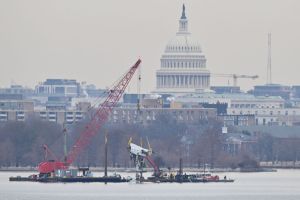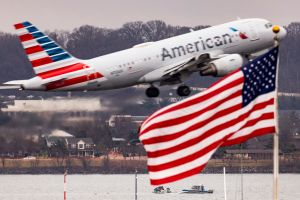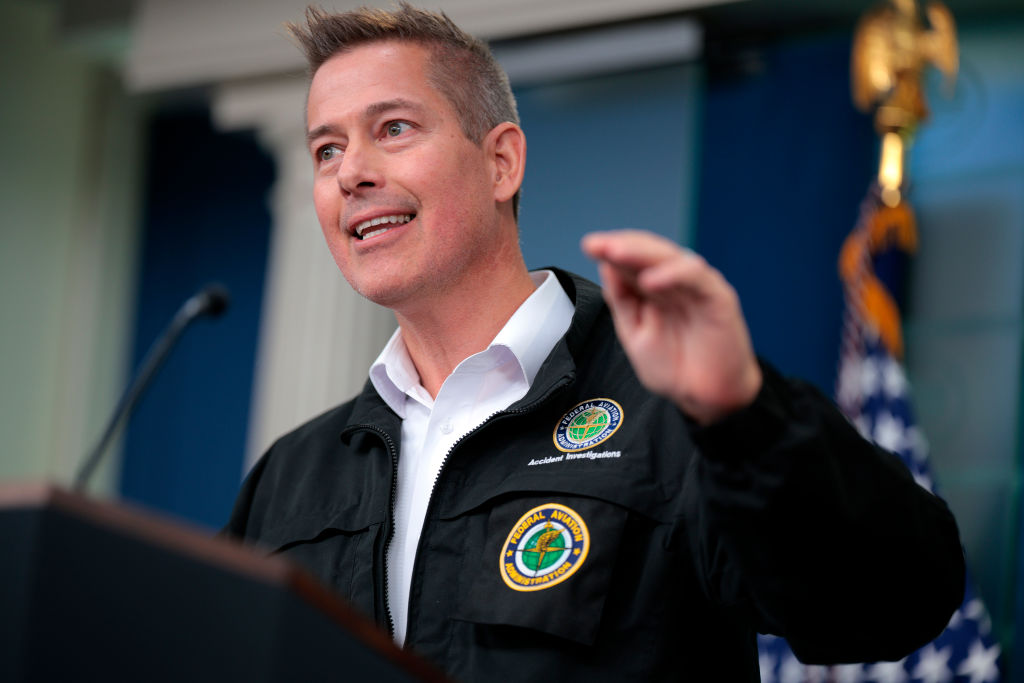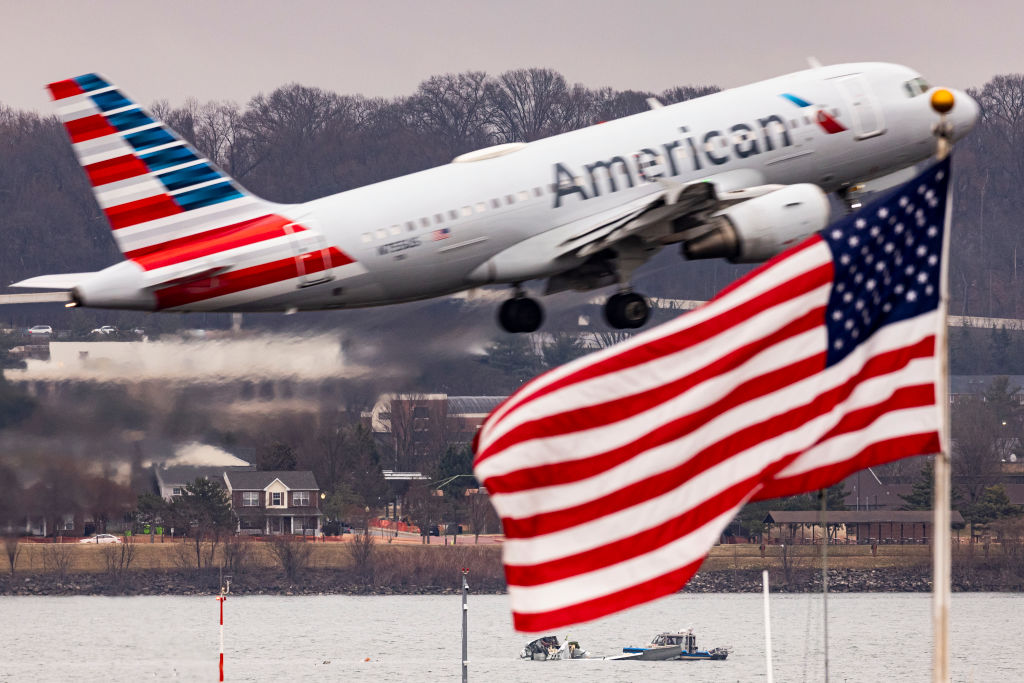Federal aviation regulators have issued a stark safety warning to airline pilots: think twice before switching off autopilots and other computerized flight controls at the country’s busiest airports.
The Federal Aviation Administration’s alert cautioned pilots about the dangers of excessive reliance on their own manual flying and visual approaches in congested airspace.
The bulletin, issued in response to hazards revealed by recent “notable and high visibility” commercial aviation accidents and harrowing close calls in the US, is couched in technical jargon and was largely overlooked by the national media when it was released in early April.
The most devastating of these accidents was the January midair collision between a US Army helicopter and a regional jet that killed 67 people near Ronald Reagan National Airport. The alert warned about the risks of pilots over-relying on their own visual references and manual flying, rather than automated cockpit commands. The helicopter crew was supposed to be keeping visual separation from the landing jet that it slammed into.
The FAA also declared that commonly used landing visual approaches could be potentially dangerous particularly in congested airspace, without pinpointing specific events.
The warning reflects preliminary lessons from the crash of a Delta Air Lines regional jet as it landed in blustery conditions at Toronto Pearson International Airport three weeks later.
The jet’s landing gear slammed down on the tarmac with extreme force, before the plane flipped on its back on the runway. All the passengers and crew survived. But aviation experts say investigators are focusing on the seemingly inadequate response of a relatively inexperienced co-pilot to a sudden, especially strong gust just before touchdown.
Some of these experts now believe the alert could be an inflection point in the long-simmering debate over pilots practicing their manual flying skills at the expense of cockpit automation.
From the perspective of a former Wall Street Journal aerospace reporter who has covered every major commercial jetliner accident world-wide from the 1990s to 2021, the document reflects unusually heightened worries by regulators. The salient message is that complacent pilots, combined with the trend toward less reliance on the highest levels of automation, pose glaring risks to the flying public.
It comes amid heightened concerns for air travelers. Flights have been cancelled and delayed at Newark Liberty Airport after air traffic controllers lost contact with jets for 90 seconds when their systems failed on April 28. The FAA says that a shortage of air traffic controllers is exacerbating the ongoing problem.
The three-page FAA alert, titled “Risks Associated with Visual Approaches,” urges crews and airline managers to methodically reassess the safety of certain widely accepted landing and takeoff procedures.
After emphasizing FAA concerns about “notable and high visibility” crashes and serious incidents “in recent months,” the alert specifically recommends that pilots refuse certain air-traffic control instructions that entail switching off or overriding automation.
Those techniques frequently are intended to boost airport capacity by allowing more direct, less time consuming landing approaches. They also result in reduced work load for air-traffic controllers, who can avoid detailed radar tracking of some aircraft in good weather once pilots assume responsibility for visually maneuvering to runways.
But the tradeoff, according to the FAA, is that such commonly used visual approaches – typically lacking instrument procedures and automation backup – also threaten to erode safety.
One section of the alert highlights the importance of pilots proactively telling controllers they are “unable” to comply with certain directions, which require turning off automation that “reduces the safety margin.”
The alert instructs pilots to pay special attention for confusion or potential runway collisions posed by one of the most widely used takeoff procedures embraced equally by pilots and controllers. At the largest and busiest airports throughout the US – indeed, the world – controllers constantly instruct cockpit crews to “line up and wait” for takeoff clearance.
That means a departing aircraft stops along the centerline at one end of an active runway, with engines idling, while a second aircraft in front of it accelerates and lifts off the opposite end of the same strip. Takeoff instructions for the waiting aircraft are issued when the lead plane reaches the minimum required distance from the second jet.
In many ways, it’s remarkable to see this standard practice mentioned by the FAA at all. It has been safely implemented around the globe for decades. No prominent airline or union official has publicly criticized the maneuver recently. And most significantly, adjusting the procedure would throw a monkey wrench into many airport operations. Eliminating the practice entirely is bound to substantially reduce airport capacity, prompt major flight delays and lead to dramatic taxiway congestion.
More broadly, the latest move amounts to a reversal of earlier FAA efforts warning about the pitfalls of excessive dependence on automation. Current jetliners have computers that can handle everything from takeoffs to landings in virtually zero visibility. Pilots at leading U.S. and European carriers on average leave automation off only for a few minutes of every flight. Some Asian and African airlines turn it off for barely a few seconds.
Automated flight controls include advanced autopilots that maintain desired headings, altitudes and turns; auto-throttles that control speed; and in some instances, automatic collision-avoidance systems that execute evasive maneuvers without aviator input.
In the fall of 2023, however, the FAA surprised industry by urging pilots in coming years to hand fly “entire departure and arrival routes” or “potentially the entire flight” as a way to maintain pilot proficiency.
Now, the agency is worried about aviators relying too much on manual flying skills amid a litany of systemic technical and staffing shortcomings afflicting the air-traffic control network.
The safety bulletin doesn’t, by itself, mandate any operational changes. Rather, it recommends enhanced safety analyses and stepped-up situational awareness on the part of pilots. But the tone and substance are more alarming than previous alerts. The FAA acknowledges that with accidents and close calls occurring in increasingly busy and complex airspace, “the severity of these events is concerning.”


























Leave a Reply